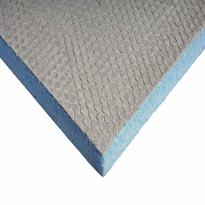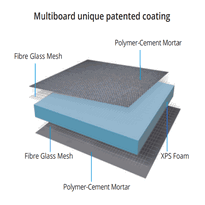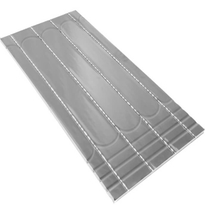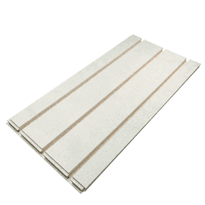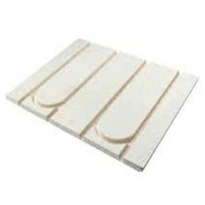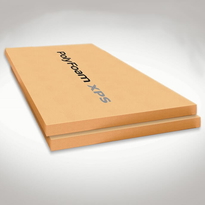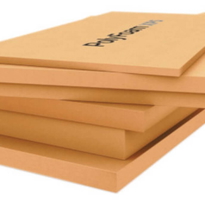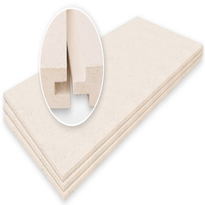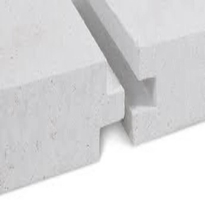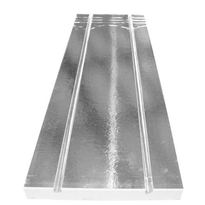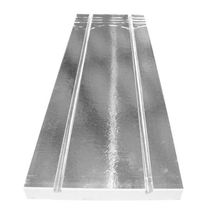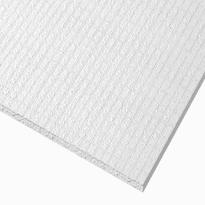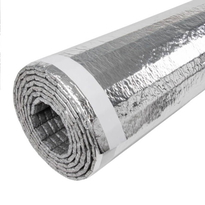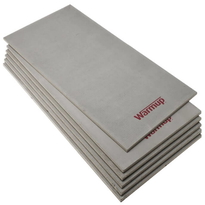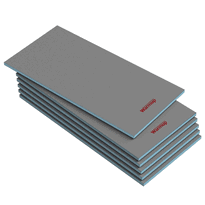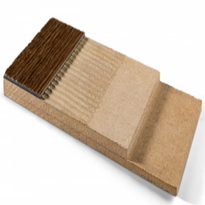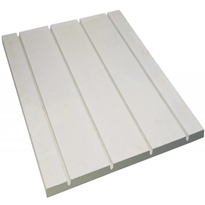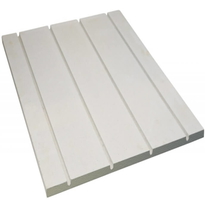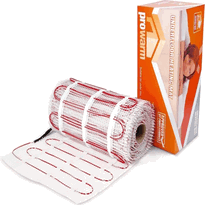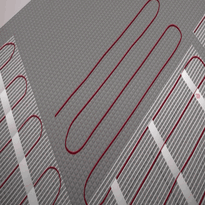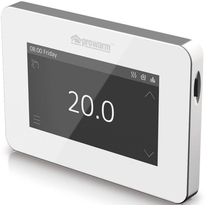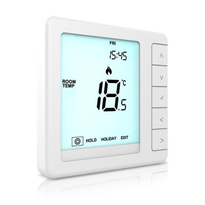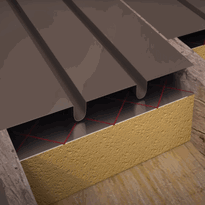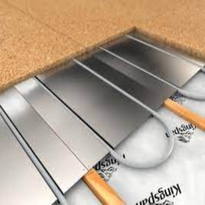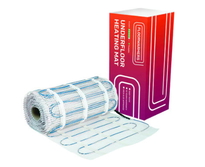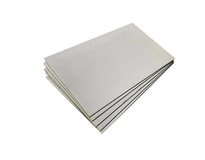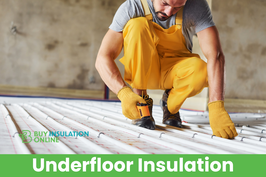Underfloor Heating Overlay Boards
Underfloor heating overlay boards are specialised panels designed to enhance heat transfer, support a variety of flooring types, and simplify the installation process. Made from materials such as stone, ceramic, engineered wood, and insulated foil-faced options, these boards maximise thermal conductivity and durability.
Proper installation of underfloor heating overlay boards requires a level surface to ensure even heat distribution and to prevent movement or cracking. Compatibility with insulation, adhesives, and your chosen flooring material is vital to achieve optimal performance.
These boards facilitate even heat distribution, offer quick warm-up times, and enable space-saving setups by providing a stable base for the flooring.
For specific application techniques and to maximise the benefits of underfloor heating overlay boards, it is recommended to consult detailed guidance tailored to your project needs.
Types and Materials of Overlay Boards for Underfloor Heating
Various types and materials of overlay boards are specifically designed to optimise the performance of underfloor heating systems by providing effective heat distribution, insulation, and structural support. Hard surfaces like stone, ceramic tiles, and engineered wood are optimal due to their high thermal conductivity, facilitating efficient heat transfer. Foil-faced overlay boards incorporate a reflective foil layer that enhances heat transfer, ensuring warmth is directed upwards into the living space. These boards are particularly suited for applications where maximising heat efficiency is a priority. Floating overlay boards are installed directly on the subfloor, offering both insulation and support for floating floors such as laminate or engineered wood. Their design allows for easy installation and provides a stable base that contributes to the overall efficiency of the heating system. DUO boards, made from expanded polystyrene (EPS) 400 combined with aluminium foil, deliver excellent heat conduction. Their reflective surface helps improve heat transfer, making them a popular choice for quickly and evenly distributing warmth across a room. Solid18 gypsum panels, with pre-grooved surfaces, facilitate straightforward piping installation and offer high thermal conductivity. These durable panels are ideal for areas requiring robust support and efficient heat distribution. [Pre-grooved panels like ThermoDeck are especially valued for their simplicity in installation and performance consistency. ThermoDeck boards are pre-grooved at regular intervals with foil coverings, combining ease of installation with effective heat management. Their design simplifies laying pipes or cables while ensuring even heat delivery. The selection of materials—such as polystyrene, aluminium foil, gypsum, or wood—ensures each board type addresses specific needs like insulation, heat distribution, or structural integrity. This tailored approach helps achieve optimal underfloor heating performance across a variety of UK residential and commercial settings.
Installation Considerations and Compatibility of Overlay Boards
Proper installation of overlay boards for underfloor heating systems requires careful attention to preparation, compatibility, and safety protocols to ensure optimal performance and longevity.
Firstly, the installation area must be level and even; employing rotary lasers and self-levelling compounds is essential to prevent board breakage and to guarantee a precise fit.
Secondly, the overlay boards should be compatible with the flooring type you intend to install. For example, vinyl flooring, engineered wood, and ceramic tiles each demand specific adhesives and installation methods. At the same time, it is important that the boards maintain sufficient thermal conductivity and moisture resistance to ensure efficient heat transfer and durability.
Thirdly, meticulous planning of pipe routing is crucial; this involves accurately positioning the pipes with appropriate pipe clips, avoiding damage during fixing, and ensuring secure connections with euro cone adaptors.
Additionally, selecting overlay boards that meet certification standards ensures they comply with safety and moisture resistance requirements, which is particularly important for maintaining insulation performance and building integrity over time.
Benefits and Specialized Features of Underfloor Heating Boards
Underfloor heating overlay boards offer a range of benefits that optimise both performance and convenience for UK residential and commercial properties. These boards enhance energy efficiency by ensuring even heat distribution across the floor surface, allowing for lower thermostat settings and decreasing overall energy consumption.
Their streamlined design helps save space by removing the need for bulky radiators, which in turn enables more flexible and adaptable interior layouts.
A key advantage of these boards is their ability to provide consistent warmth throughout the floor, eliminating cold spots and increasing occupant comfort. They feature a low profile, typically around 18mm, which minimises the increase in floor height and makes them particularly suitable for renovation projects where ceilings and door heights are a concern.
Many underfloor heating overlay systems utilise dry assembly methods, simplifying and speeding up installation processes, which is advantageous for both new builds and refurbishment works. Dry assembly also reduces the need for wet trades, resulting in less mess and faster project completion. Furthermore, selecting the right overlay boards can help improve insulation performance, especially when combined with suitable insulation materials
The inclusion of aluminium foil tops in some designs allows for rapid heat response, often within 30 minutes, ensuring quick warming times and immediate comfort.
Additionally, these system boards contribute to improved system durability and effective coverage, delivering uniform heat output across the entire floor area. They represent an efficient and flexible solution for a variety of construction challenges, providing reliable, space-saving, and energy-efficient underfloor heating options tailored to UK building standards and needs.
Conclusion
Selecting appropriate overlay boards for underfloor heating requires careful consideration of material compatibility, installation procedures, and specific thermal properties. Properly chosen boards enhance heat transfer efficiency, ensure structural stability, and extend system longevity. Understanding the benefits and specialised features of various boards allows for ideal alignment with project requirements. A meticulous approach to selection, combined with correct installation, guarantees reliable performance and energy efficiency, making underfloor heating more effective and durable in both residential and commercial environments.
